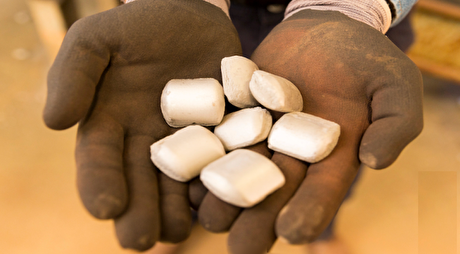
Iran Steel Exports Rise 32%
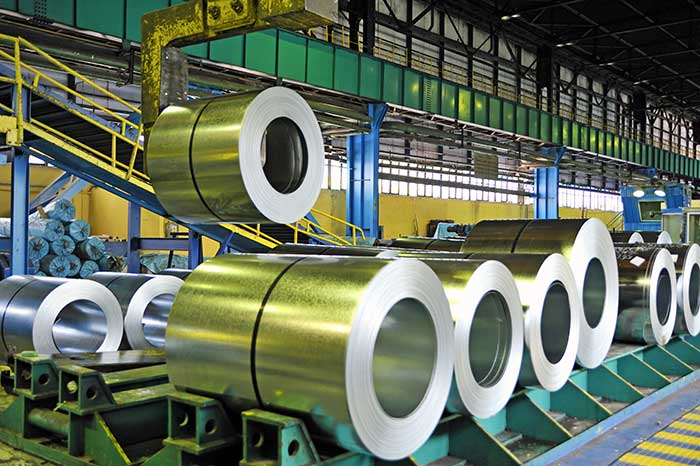
Registering a 32% growth compared with last year’s corresponding period, Iranian Mines and Mining Industries Development and Renovation Organization reported.
The export volume for Shahrivar, the sixth month of the year (Aug. 22-Sept. 22), stood at 602,270 tons, up 86% year-on-year.
The IMIDRO data released this week is a preliminary report on large-scale and mostly semi-privatized producers’ exports. A more comprehensive and detailed version, including smaller private mills’ performance, often follows in about two weeks’ time by the Iranian Steel Producers Association.
KSC at Forefront, Albeit in Lower Gear
Khouzestan Steel Company was the largest exporter by far during the period under review, as it shipped 1.39 million tons of slab, bloom and billet overseas, up 71% YOY. The steelmaker has sustained a double-digit rise in exports every month so far this year.
Bloom exports had the lion’s share of KSC shipments with 710,433 tons and went up 188% YOY. The company’s billet exports, however, were down 3% to reach 355,359 tons. Slab shipments jumped 61% to 331,005 tons.
Shahrivar witnessed KSC’s exports rising by 65% to 233,294 tons, a meager growth compared to the steelmaker’s 357% upsurge in shipments the month before.
The steelmaker, located in the southwestern Khuzestan Province, exports to 13 countries. About half of the exports is destined for Middle East and North Africa region, less than to the Far East and a fraction to countries in Americas.
This is while KSC’s H1 production rose by 5.8% YOY to reach 1.88 million tons, with billet and bloom, and slab output reaching 1.229 million and 652,202 tons, according to data on Codal.ir.
Sales revenue for the period stood at 30.4 trillion rials ($781.1 million), recording a 51.04% YOY jump.
The company sold a total of 2.02 million tons of slab, bloom and billet in H1 to register a 16.34% YOY rise in tonnage. Bloom and billet sales made up 1.32 million tons of the figure and slab sales amounted to 697,193 tons.
Khouzestan Steel Company’s overall H1 growth comes, as the company’s sales volume for Shahrivar took a slight hit, but was compensated by the increase in value.
Sales amounted to 328,384 tons and dropped 10.83% YOY during the month, indicating that the company sold all its output for the month. This is while sales value increased by 20.01% to 5.39 trillion rials ($138.27 million).
KSC appears to be on a fast track to growth, considering the company’s track record over the past four years. In March 2013-14, KSC exported only 21,000 tons or 6% of its annual output. It reached 627,000 tons or 18% of output the following year, and then in 2015-16, it doubled to 1.364 million tons or nearly 40% of output.
Finally, exports hit 1.9 million tons last year, according to KSC’s former managing director, Mohammad Reza Modarres Khiabani.
KSC’s leadership changed on September 24 after about two years, as Mohammad Keshani took the steelmakers’ helm.
Keshani, who replaced Modarres Khiabani, was the managing director of the large-scale lead & zinc producer Calcimin Company for two years and managed Tuka Steel Investment Company. He holds a bachelor’s degree in metallurgy from Sharif University of Technology and a Master’s in public administration, Securities and Exchange News Agency reported.
ESCO Turns a Corner
Esfahan Steel Company was the second biggest exporter during the six months with 658,849 tons of beam, rebar, coils and other products shipped overseas, up 93% YOY.
Rebar made up 80,150 tons of ESCO’s overall exports, registering a 13% growth YOY, followed by beam and coil with 56,048 tons and 36,003 tons respectively. Beam shipments were down 27% YOY, while coil exports remained unchanged. Steel products listed as “other” made up 486,648 tons of exports, up 156%.
ESCO shipped a total of 73,361 tons in Shahrivar, down 19%. This stands in stark contrast to its 198% jump in exports the month before.
“Drowning in debt” was how ESCO was described for the past few years. Its new focus on exports and cost-cutting measures has now put it on a path to growth.
The 30.3-trillion-rial ($846.1 million) company has recently updated its earnings per share forecast for 2017-18 to a 5-rial profit per share compared to the 20-rial loss first forecast by the end of the first quarter, according to the latest company data.
According to ESCO’s Managing Director Ahmad Sadeghi, its primary products have enjoyed a 19% price growth to 18,005 per kg, both brought about by rising global prices and a hike in raw material costs.
In its latest financial report, ESCO set its sales target at 42 trillion rials ($1.08 billion) for 2017-18. Data released on Codal.ir indicate that the steelmaker has achieved 44% of its target in H1.
Eight percent of the target were realized in Shahrivar. ESCO had just recorded its best performance so far this year in Mordad, the fifth month of the year, by realizing 13% of the target.
Sales hit 3.41 trillion rials ($84.77 million) in Shahrivar. ESCO’s output during the month also stood at 53,407 tons for beams, 62,775 tons for rebars, 58,727 tons for ingots and 4,229 for coils.
Esfahan Steel Company is Iran’s oldest steelmaker and one of the country’s largest producers of structural steel. It was jointly established in 1965 by Iran and Soviet Union’s Tyazhpromexport Company.
HOSCO Keeps Lead over Parent Company
Hormozgan Steel Company was the third largest exporter, as it shipped 595,159 tons of slabs, registering a 63% growth YOY. The steelmaker’s exports for the sixth month remained unchanged YOY at 156,600.
The company produced a total of 692,272 tons of slabs during H1, with its sales reaching $304.9 million during the period.
As a subsidiary of Iran’s largest steelmaker Mobarakeh Steel Company, HOSCO has outperformed its parent company in exports for three months in a row and the trend seems to continue as MSC increasingly focuses on the local market.
Mobarakeh took the fourth spot as it exported a total of 427,390 tons of hot- and cold-rolled, acid-washed, tin-plated, coated, checkered and galvanized flat steel during the six months, down 60% YOY.
MSC exported 62,291 tons during the sixth month, down 30% YOY.
Together with its subsidiaries, MSC is the largest flat steel producer in the Middle East and North Africa region, accounting for 1% of Iran’s GDP.
Other Producers
Khorasan Steel Company came next, as its rebar exports rose 45% to 52,032 tons. The company’s exports in Shahrivar stood at 628 tons, down 54% YOY, a significant downturn compared to its 1,107% dramatic YOY rise in the previous month (ended Aug. 22).
Iran Alloy Steel Company was next with 43,708 tons of rebar exported, up 64% YOY. Its exports during the sixth month surged 405% to 5,621 tons.
Khouzestan Oxin Steel Company was next with 3,999 tons of plates, down 68% YOY. It exported 475 tons in the sixth month, down 4% YOY.
As part of the so-called 20-Year National Vision Plan (2005-25), the Iranian steel industry aims to become the world’s sixth largest steelmaker by reaching an output capacity of 55 million tons per year by the deadline (2025).
According to experts, Iran needs to annually export at least 15 million tons by then to keep such a massive production volume economically viable.
Exports are expected to reach 8 million tons in the current fiscal year, which ends on March 20, 2018, according to former minister of industries, mining and trade, Mohammad Reza Nematzadeh.
Iranian steelmakers exported over 3.74 million tons of semis and 1.79 million tons of steel products in the last fiscal year, registering a 108% and 16% growth respectively compared to the preceding year.


Caterpillar sees US tariff hit of up to $1.5 billion this year

Australia pledges $87M to rescue Trafigura’s Nyrstar smelters in critical minerals push

SAIL Bhilai Steel relies on Danieli proprietary technology to expand plate mill portfolio to higher steel grades
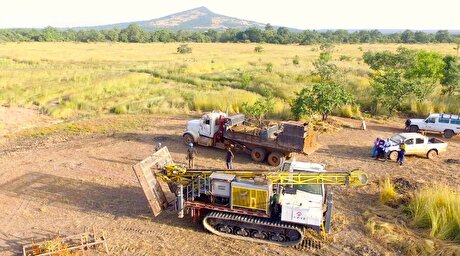
Fortuna rises on improved resource estimate for Senegal gold project

Alba Discloses its Financial Results for the Second Quarter and H1 of 2025
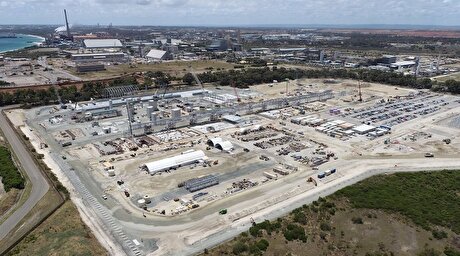
Tianqi Lithium Australia JV says it is prioritizing long-term viability of refinery

Fresnillo lifts gold forecast on strong first-half surge

Copper price slips as unwinding of tariff trade boosts LME stockpiles

Why did copper escape US tariffs when aluminum did not?
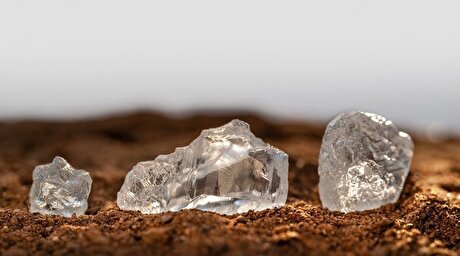
De Beers strikes first kimberlite field in 30 years
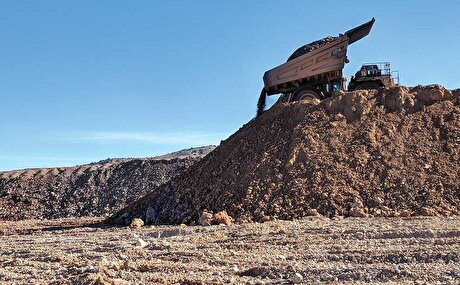
Minera Alamos buys Equinox’s Nevada assets for $115M
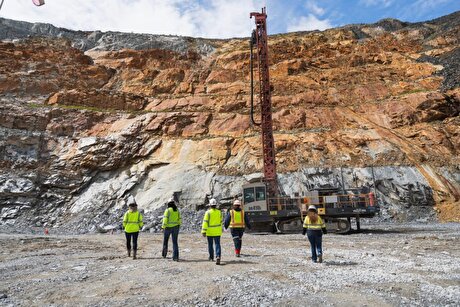
OceanaGold hits new high on strong Q2 results

What’s next for the USGS critical mineral list
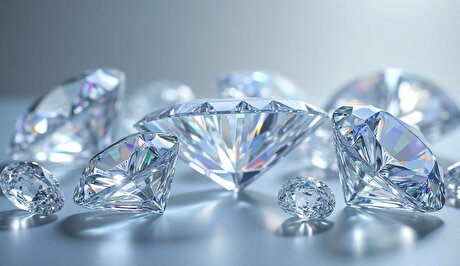
South Africa looks to join international diamond marketing push
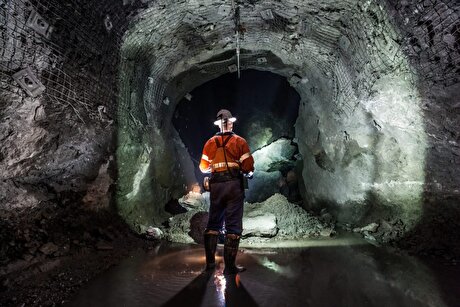
Copper price gains on Chinese demand, Chilean supply risks

Gold exploration spend trending down despite higher prices – S&P Global
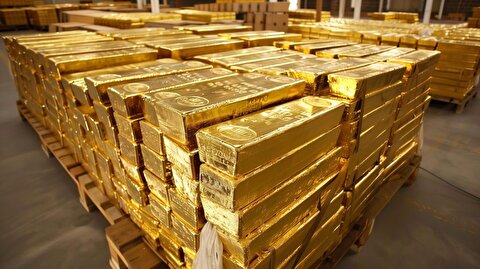
A global market based on gold bars shudders on tariff threat
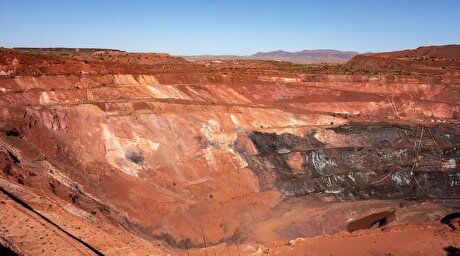
New research reveals source of world’s richest lithium deposits

Century Aluminum to invest $50M in Mt. Holly smelter restart in South Carolina

De Beers strikes first kimberlite field in 30 years

Minera Alamos buys Equinox’s Nevada assets for $115M

OceanaGold hits new high on strong Q2 results

South Africa looks to join international diamond marketing push

Copper price gains on Chinese demand, Chilean supply risks

Gold exploration spend trending down despite higher prices – S&P Global

A global market based on gold bars shudders on tariff threat

Century Aluminum to invest $50M in Mt. Holly smelter restart in South Carolina
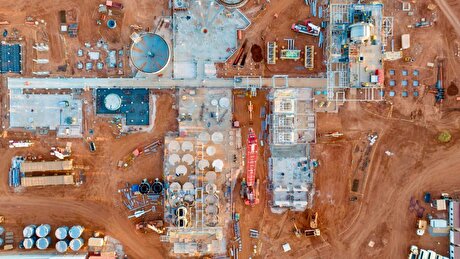
Australia to invest $33 million to boost Liontown’s Kathleen lithium operations
